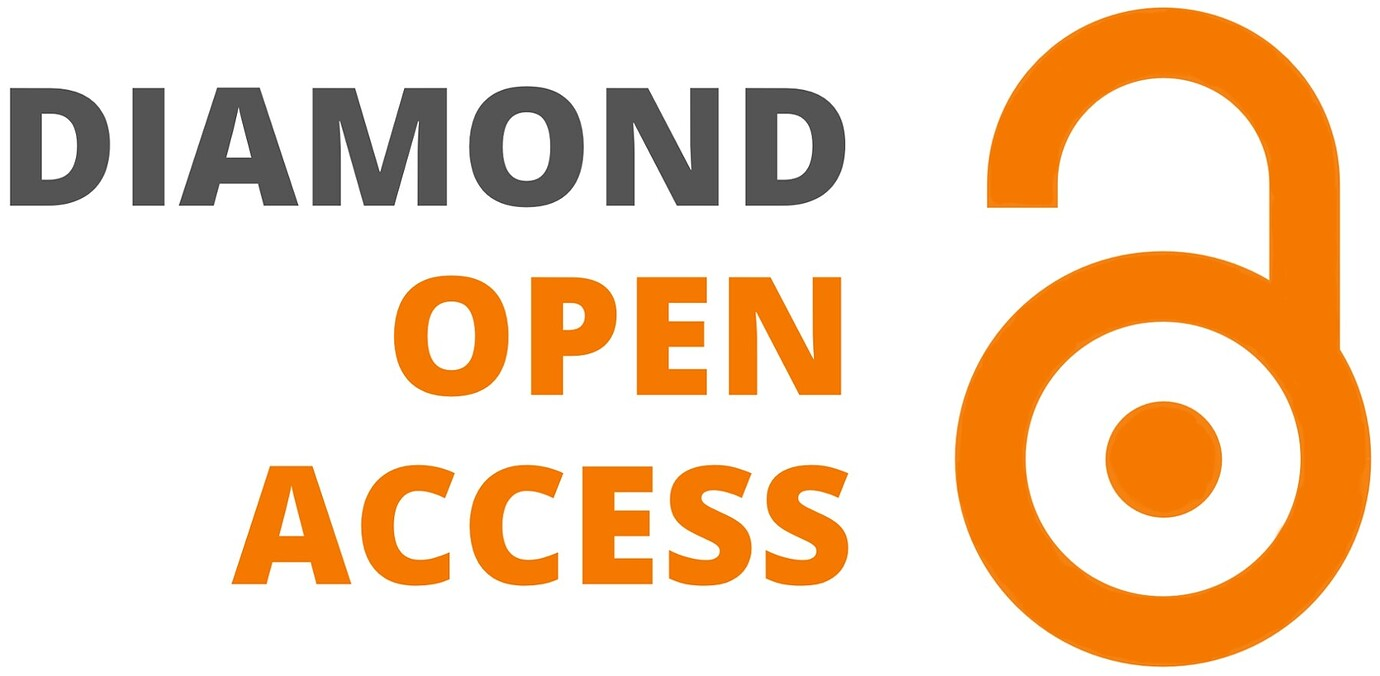Treatment of post-stroke verb anomia: a systematic review of the literature
Keywords:
Aphasia, Verb anomia, Treatment, Literature reviewAbstract
Anomia is one of the most frequent symptoms of aphasia. Anomia manifests itself in the difficulty of finding words in memory, in spontaneous speech or structured communication context, regardless of their grammatical class. From a therapeutic standpoint, the study of the efficacy of speech-language treatments for anomia was mainly conducted for nouns. Although fewer, several studies have also examined the efficacy of behavioral treatment of verb anomia. In this systematic review of the literature, we present an update of the studies on the treatment of post-stroke verb anomia and discuss their clinical efficacy. The literature search was performed in CINALH, PubMed and PsycINFO databases and the studies were selected according to specific inclusion and exclusion criteria. Twenty articles were identified and divided into four categories relating to the nature of the treatments they explored. In general, the analysis reveals that the treatments based on semantic stimulation, sentence generation, action observation and transcranial direct current stimulation (tDCS) significantly improve lexical access to verbs but that generalization effects are rarely observed. This review provides interesting insights for selecting effective therapeutic approaches for the behavioral treatment of verb anomia. It also points out the limitations of studies published to date and suggests that further research studies should be conducted in this research domain.




